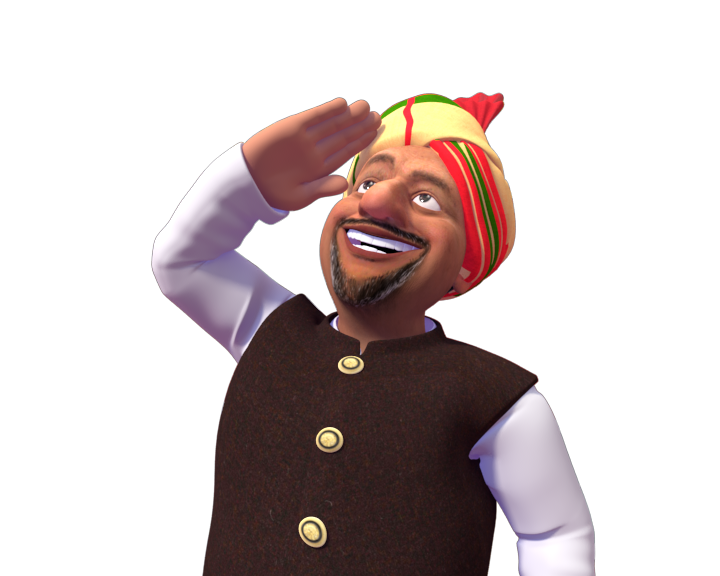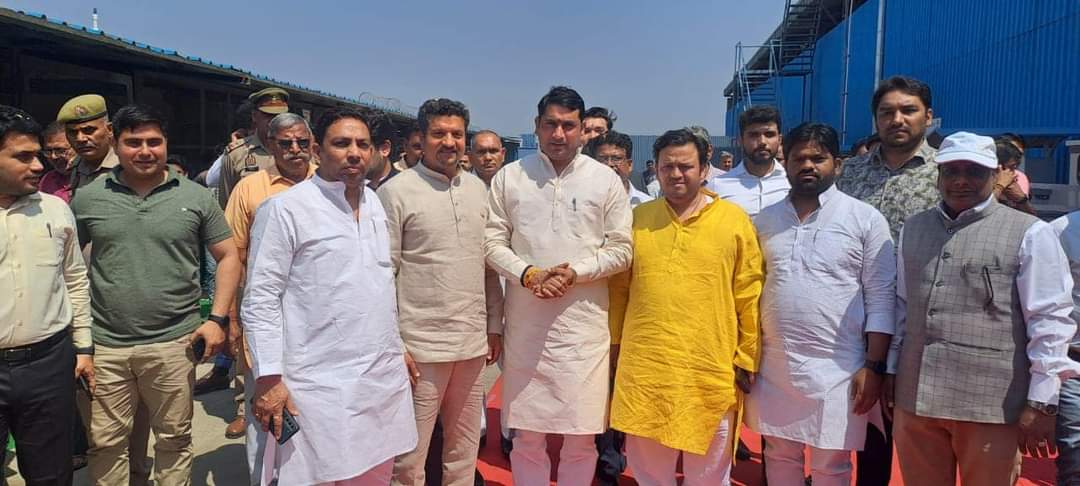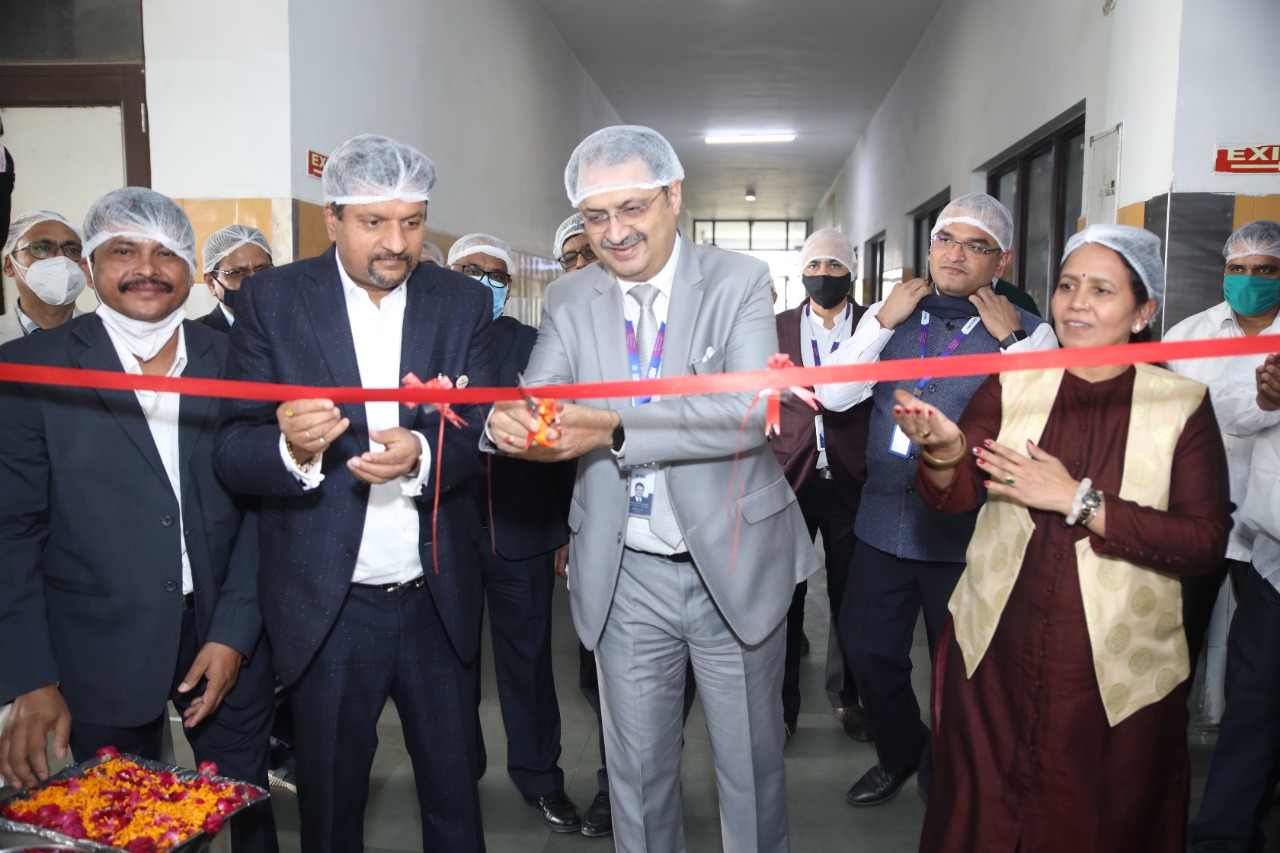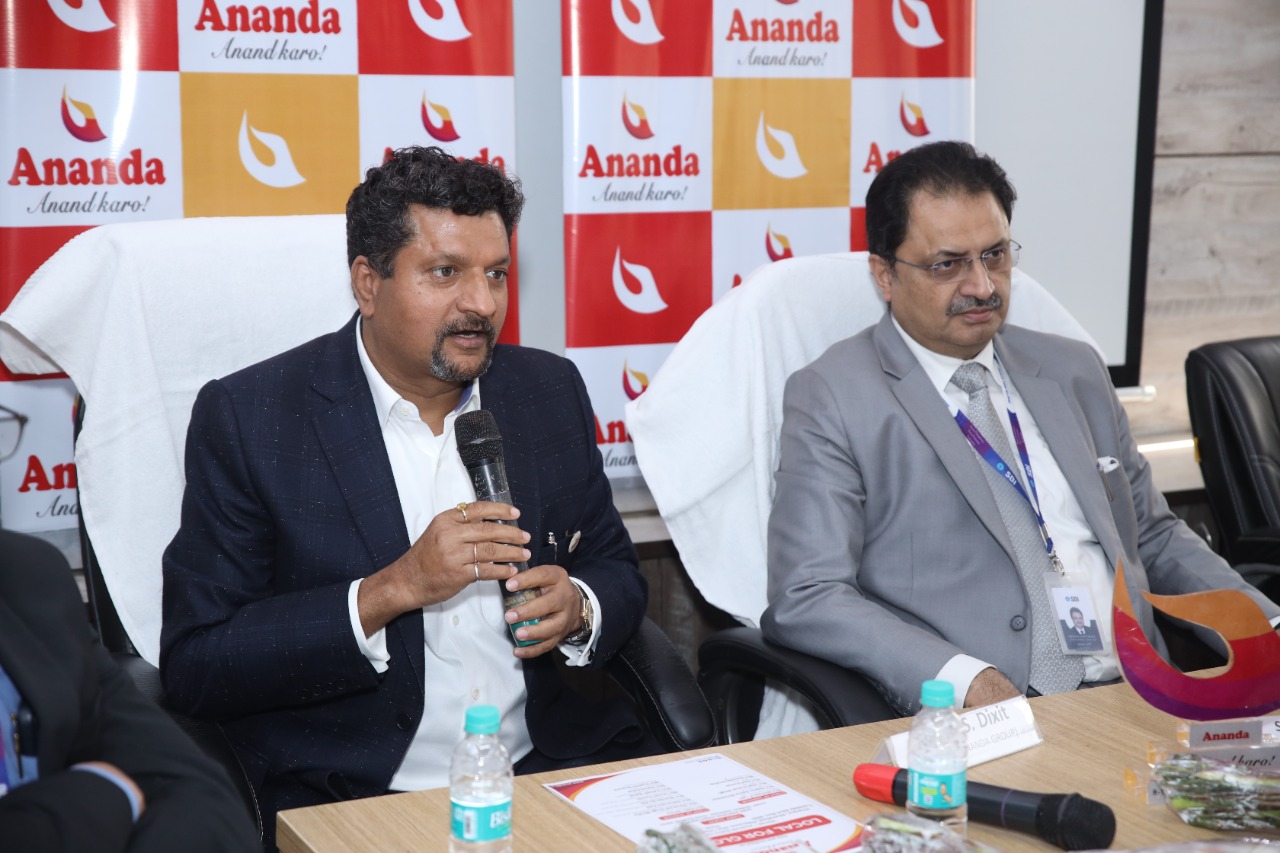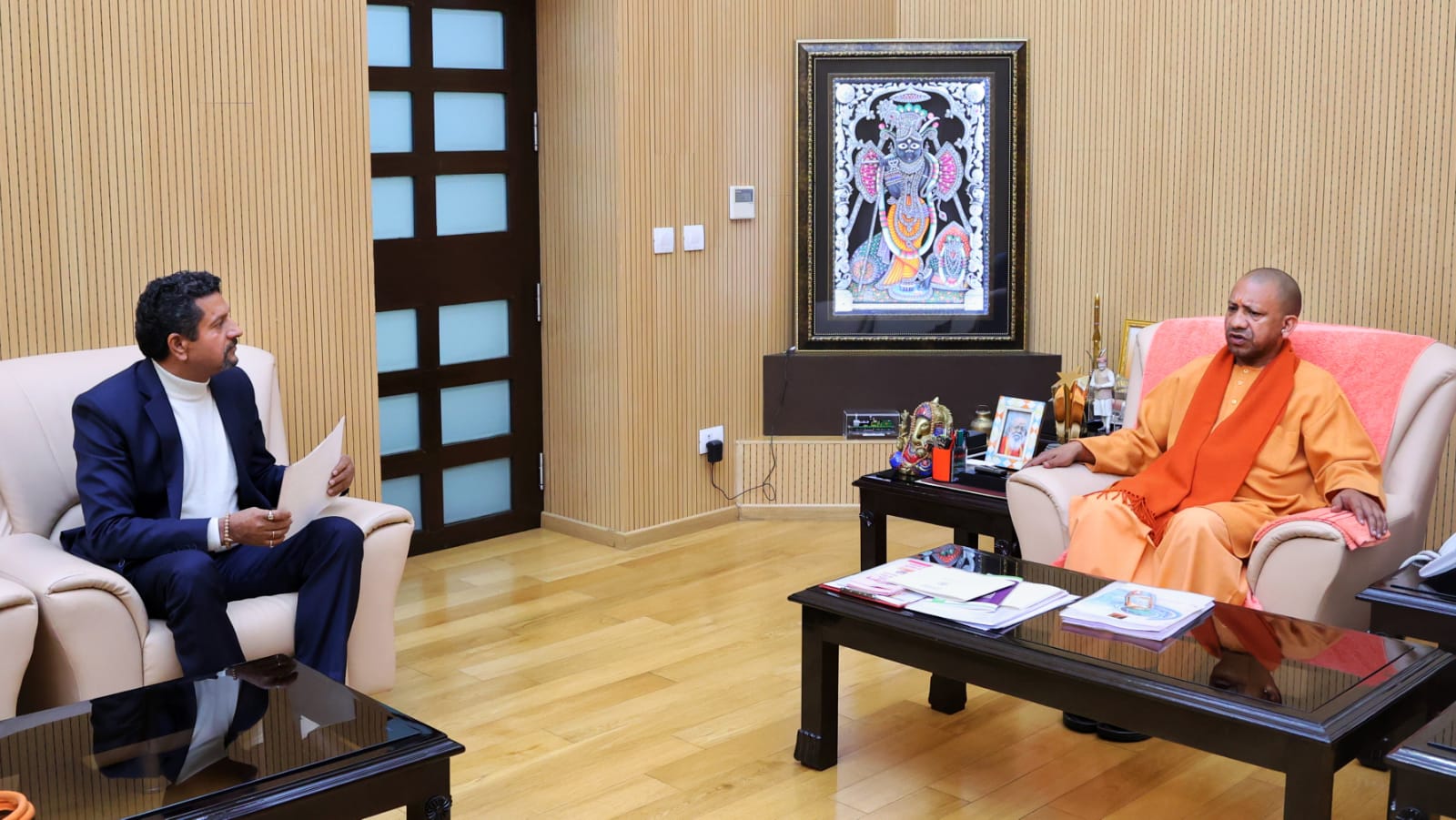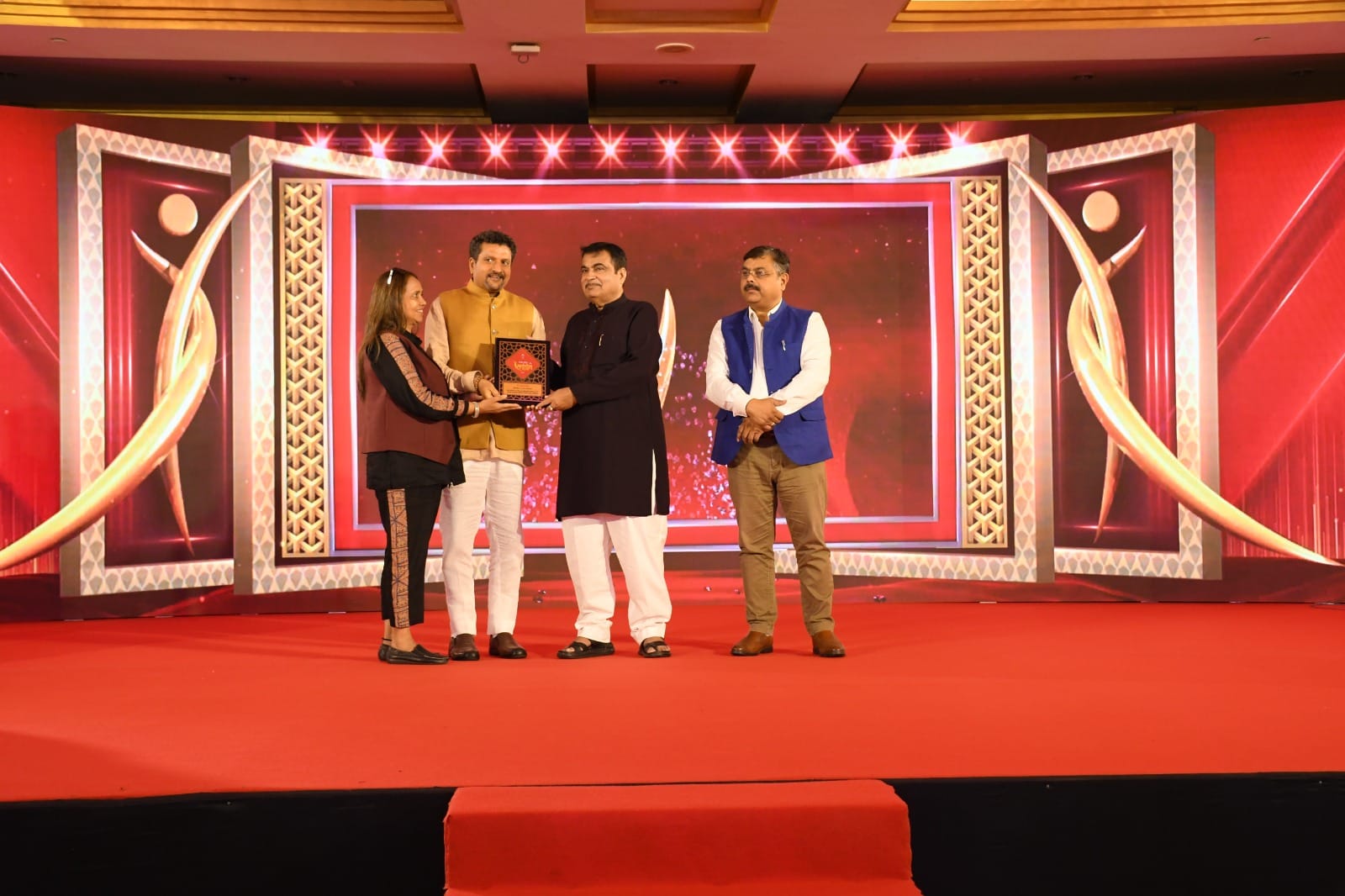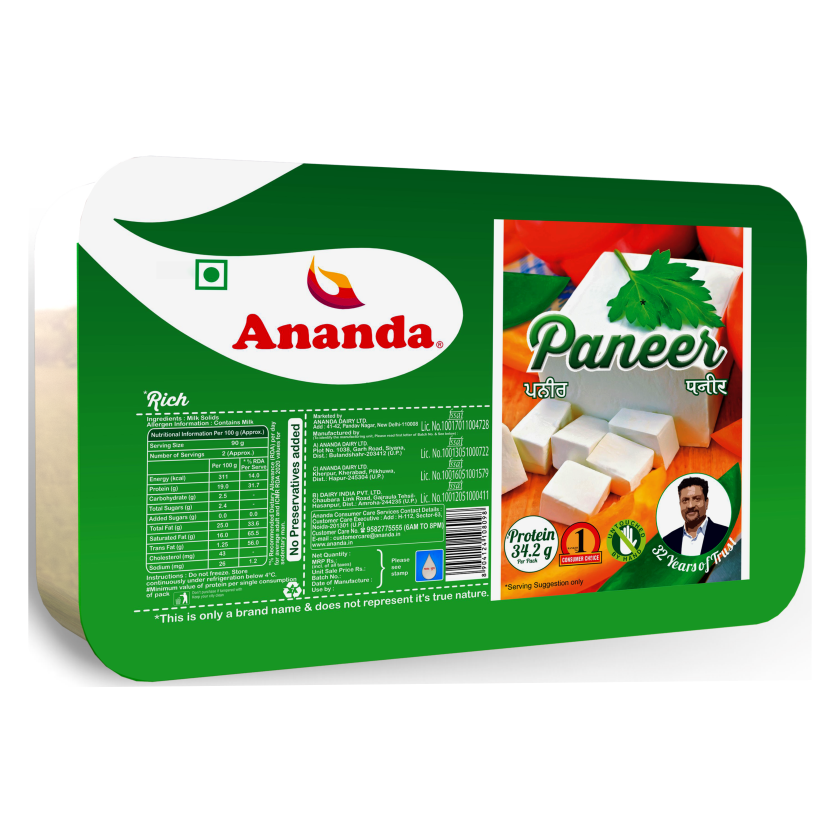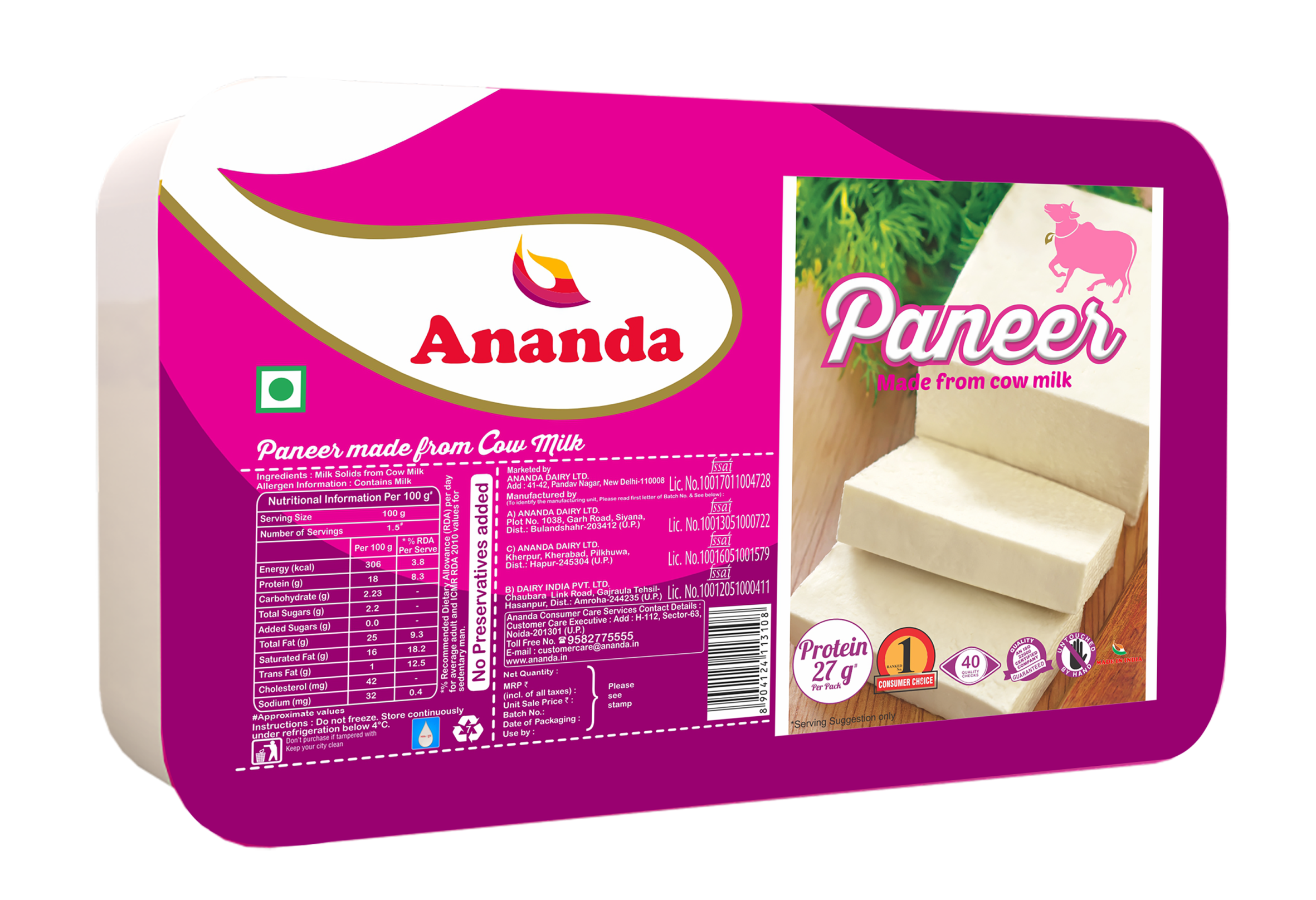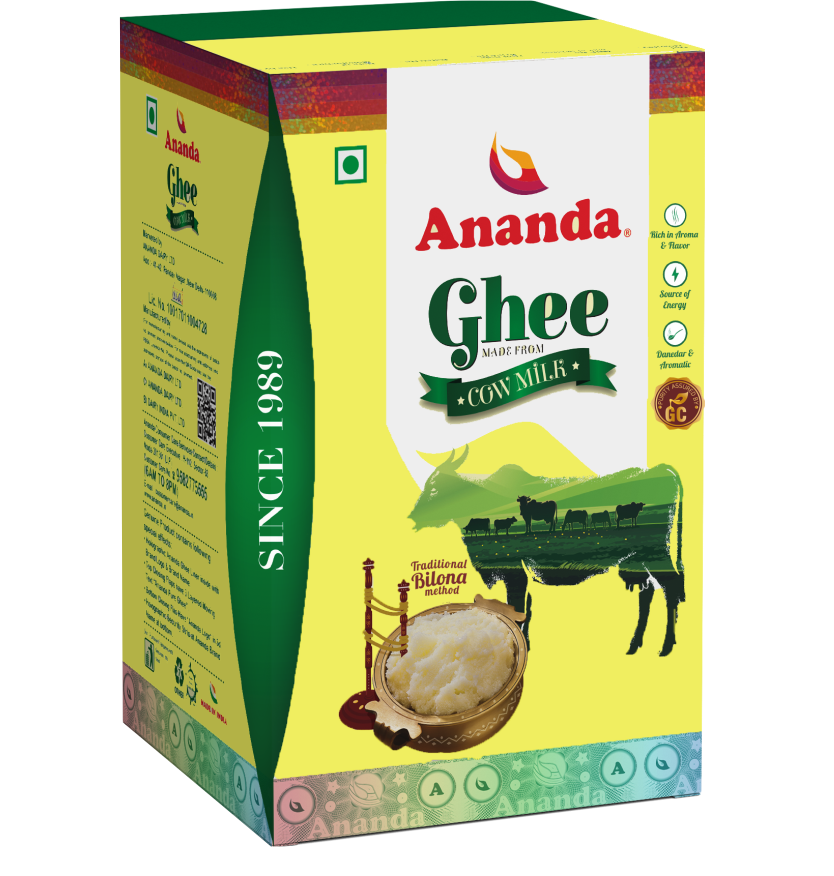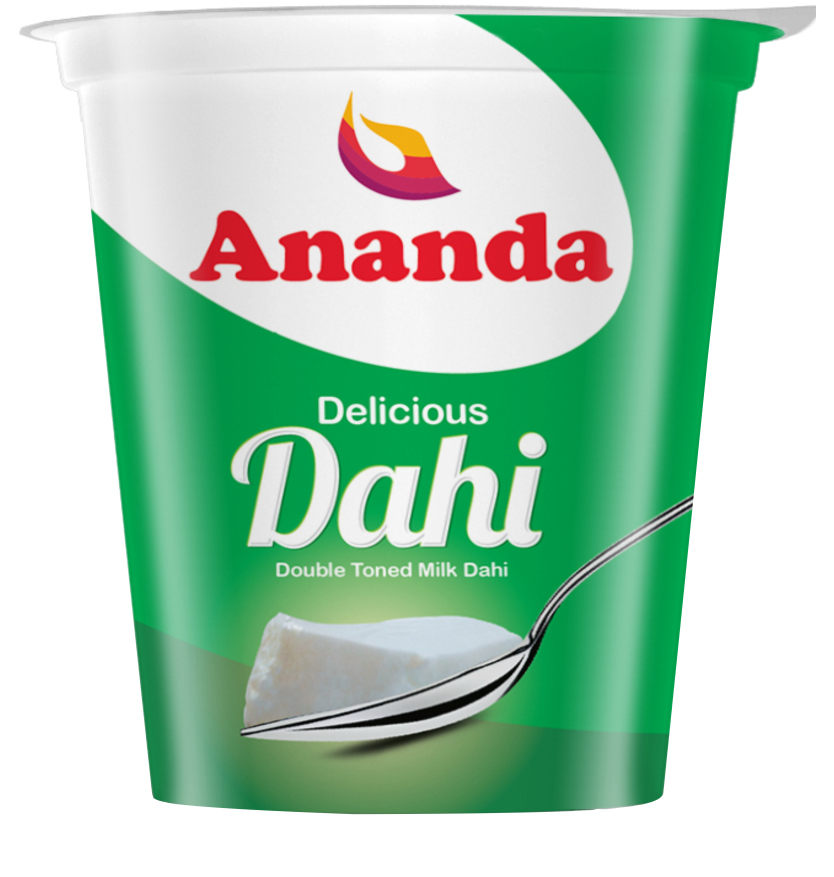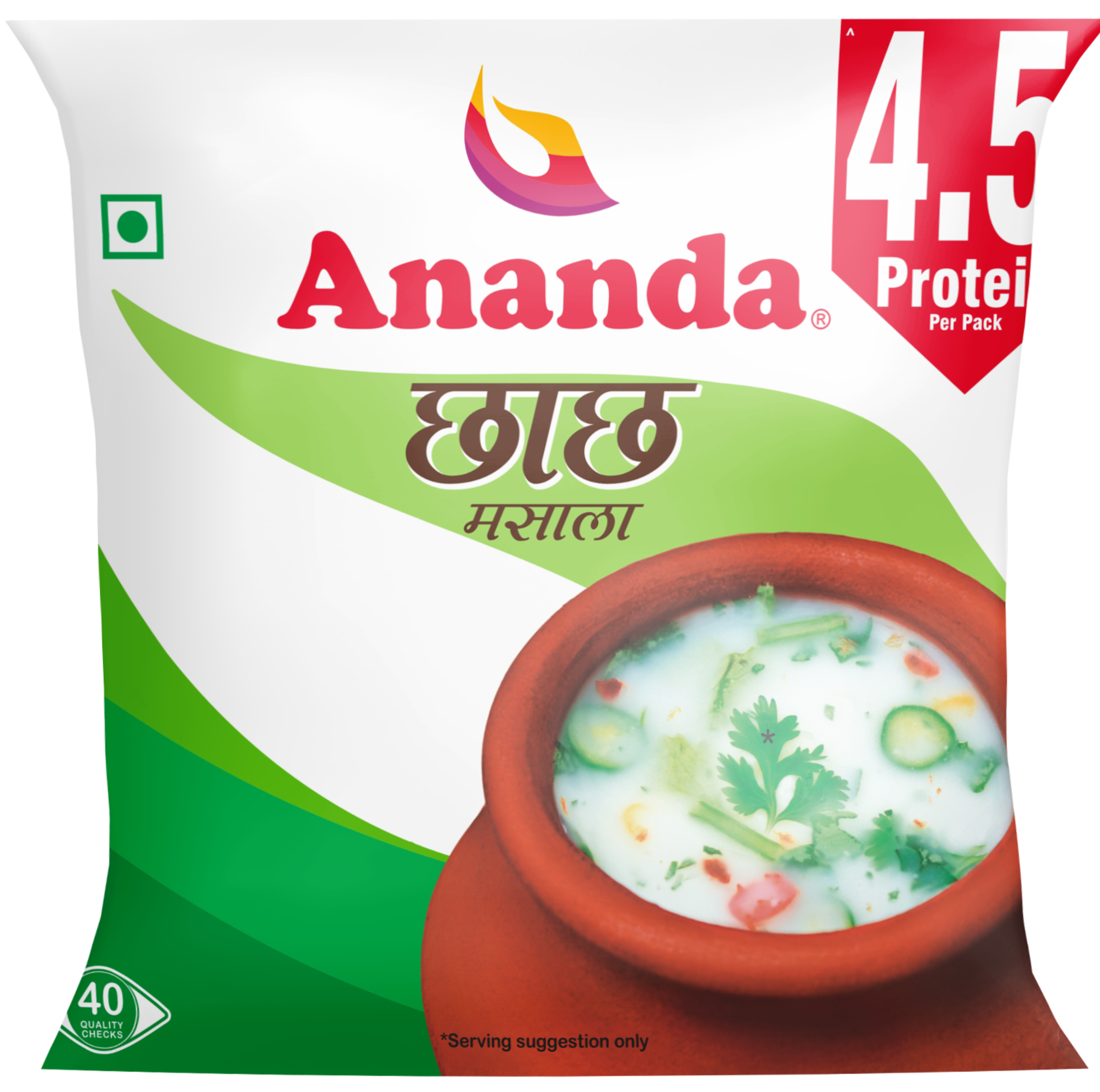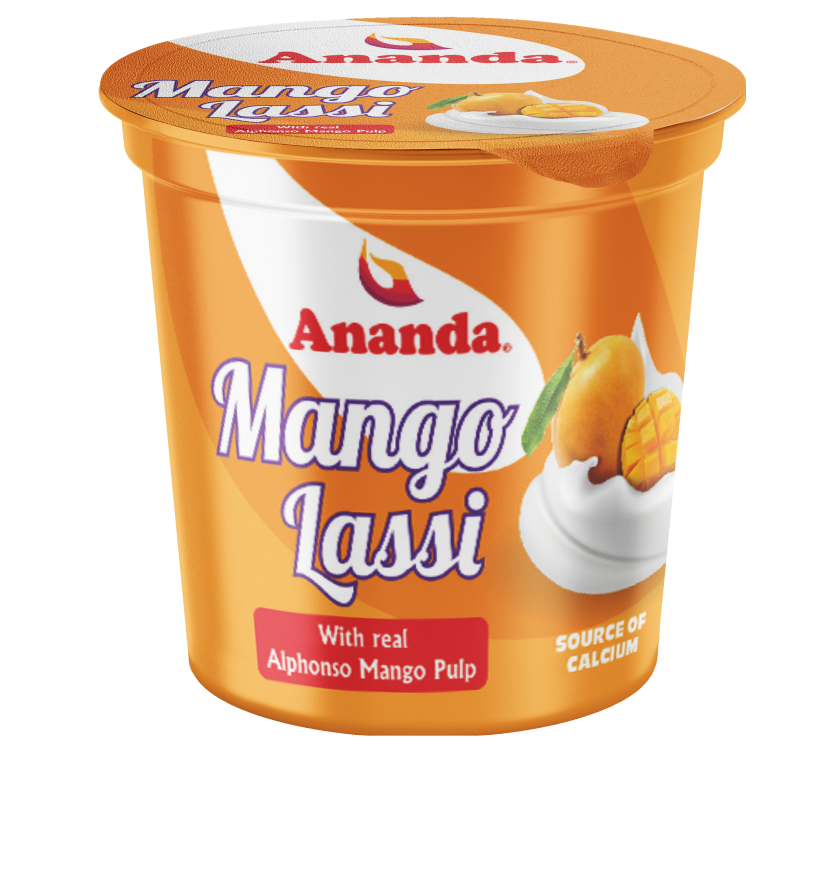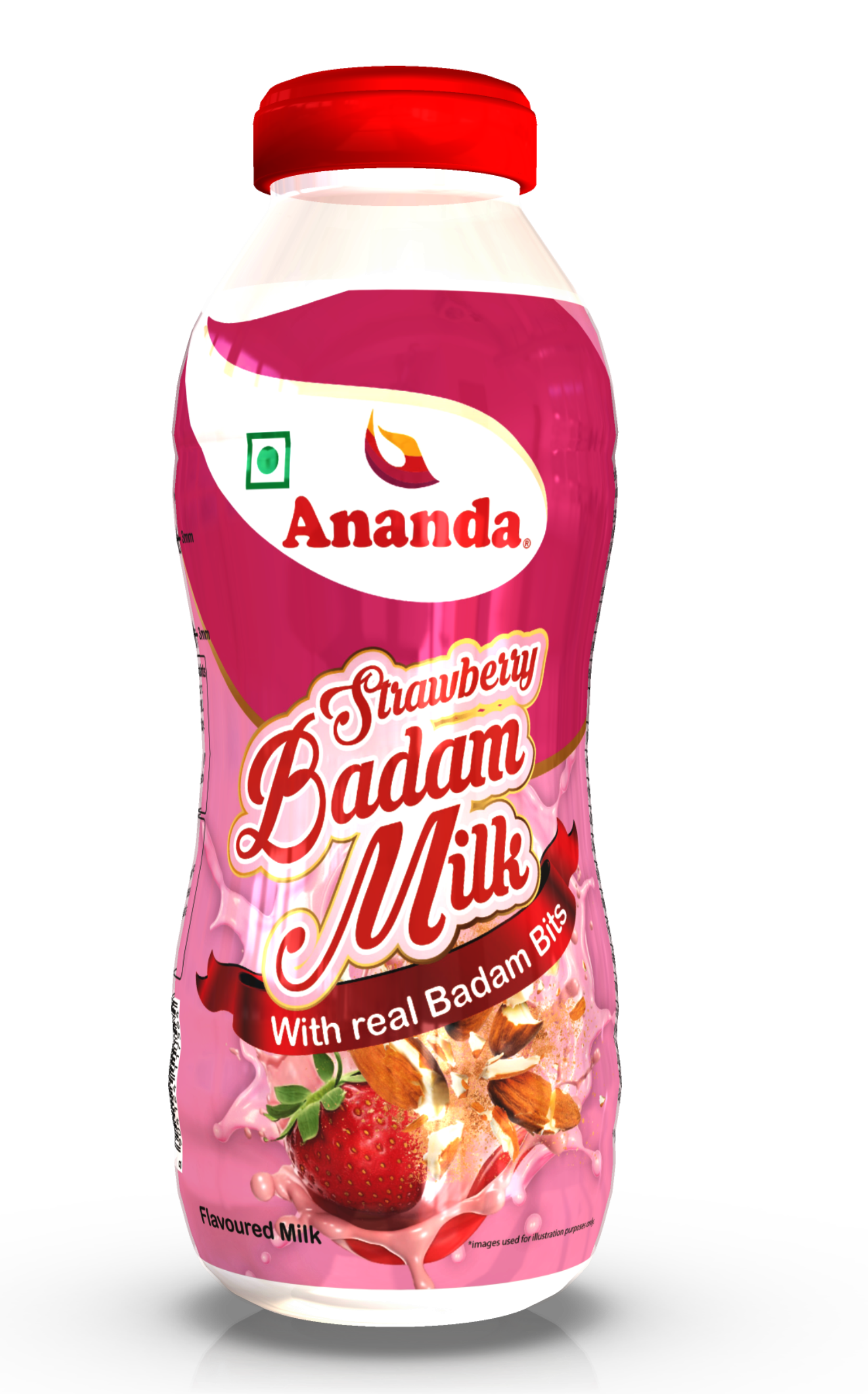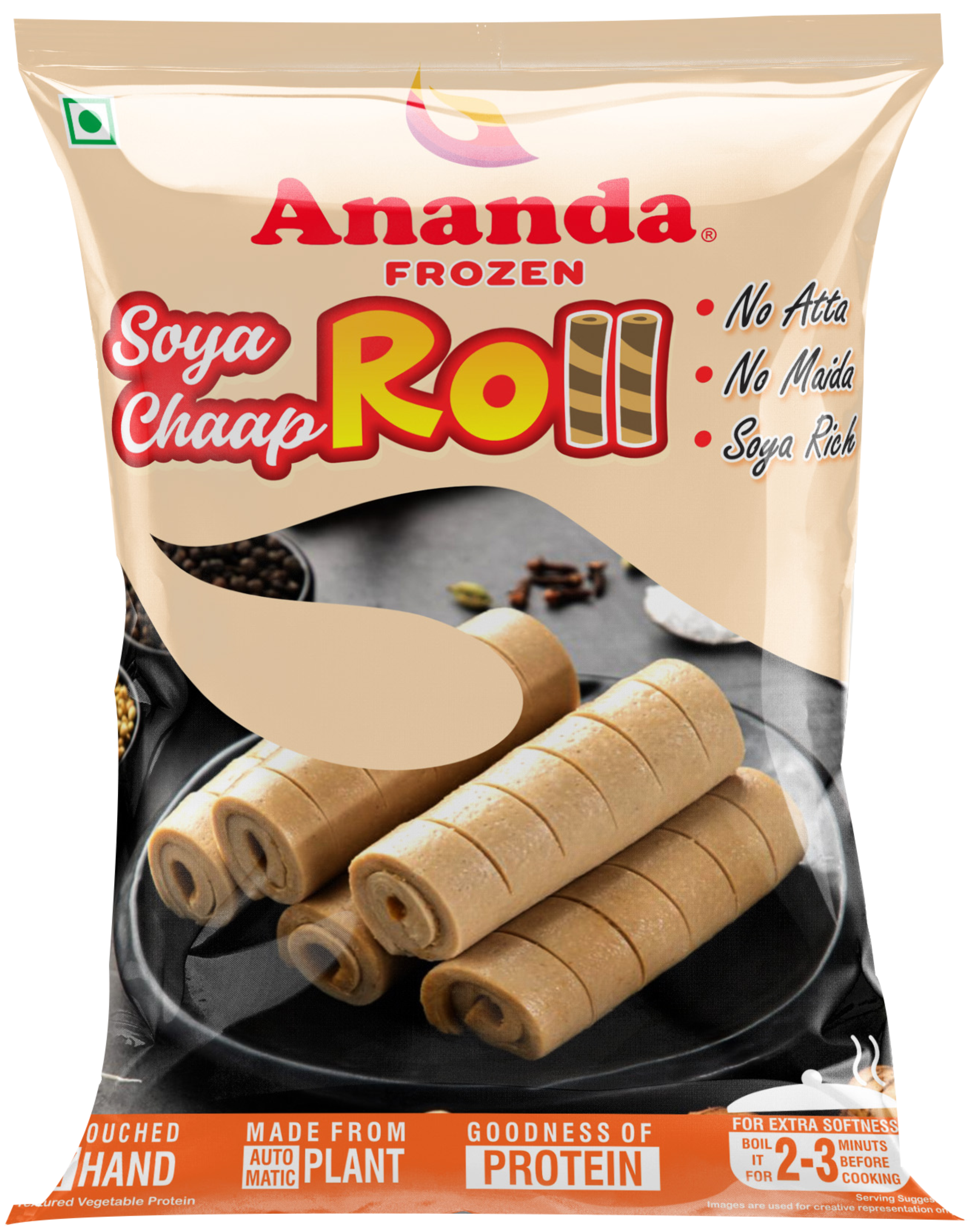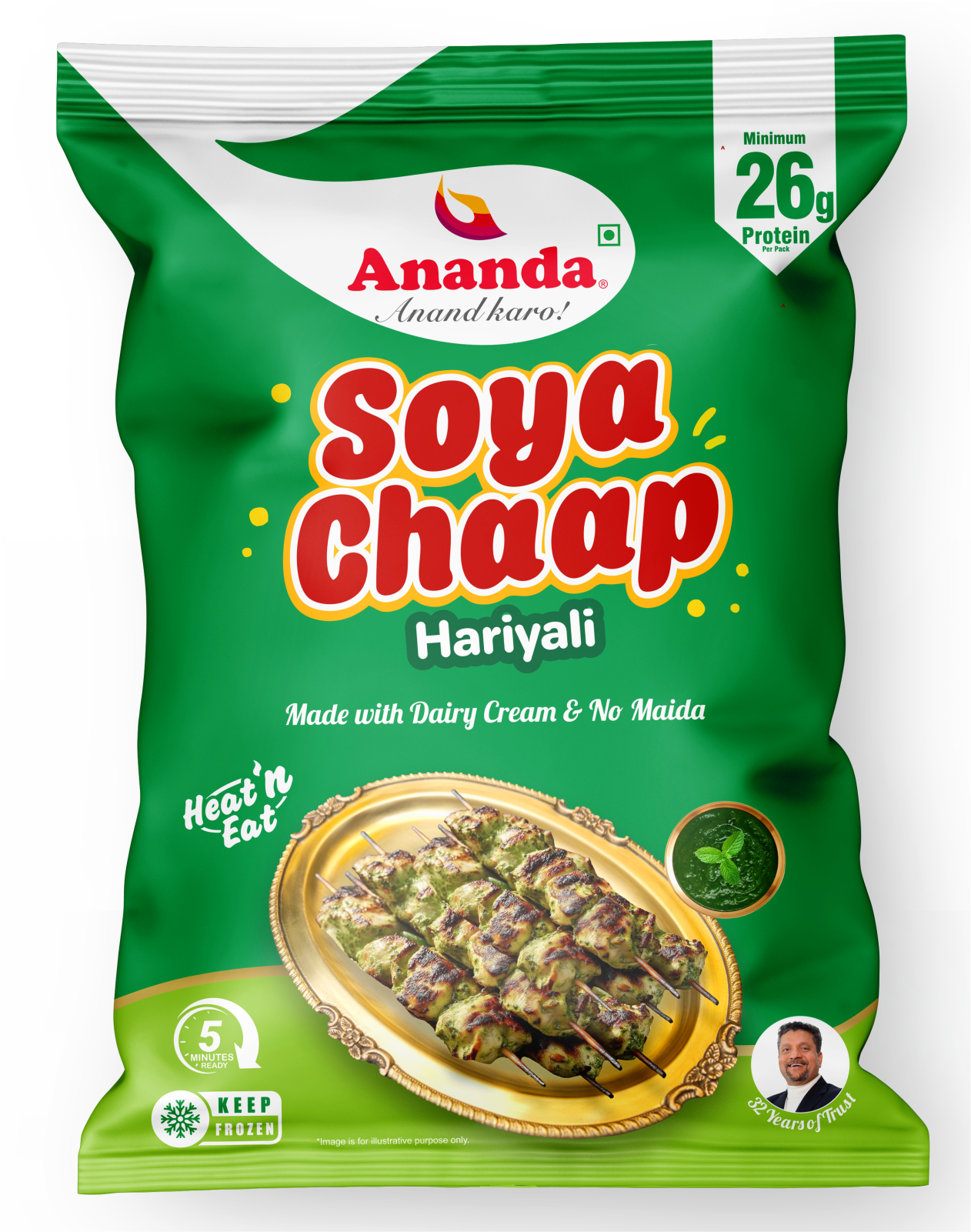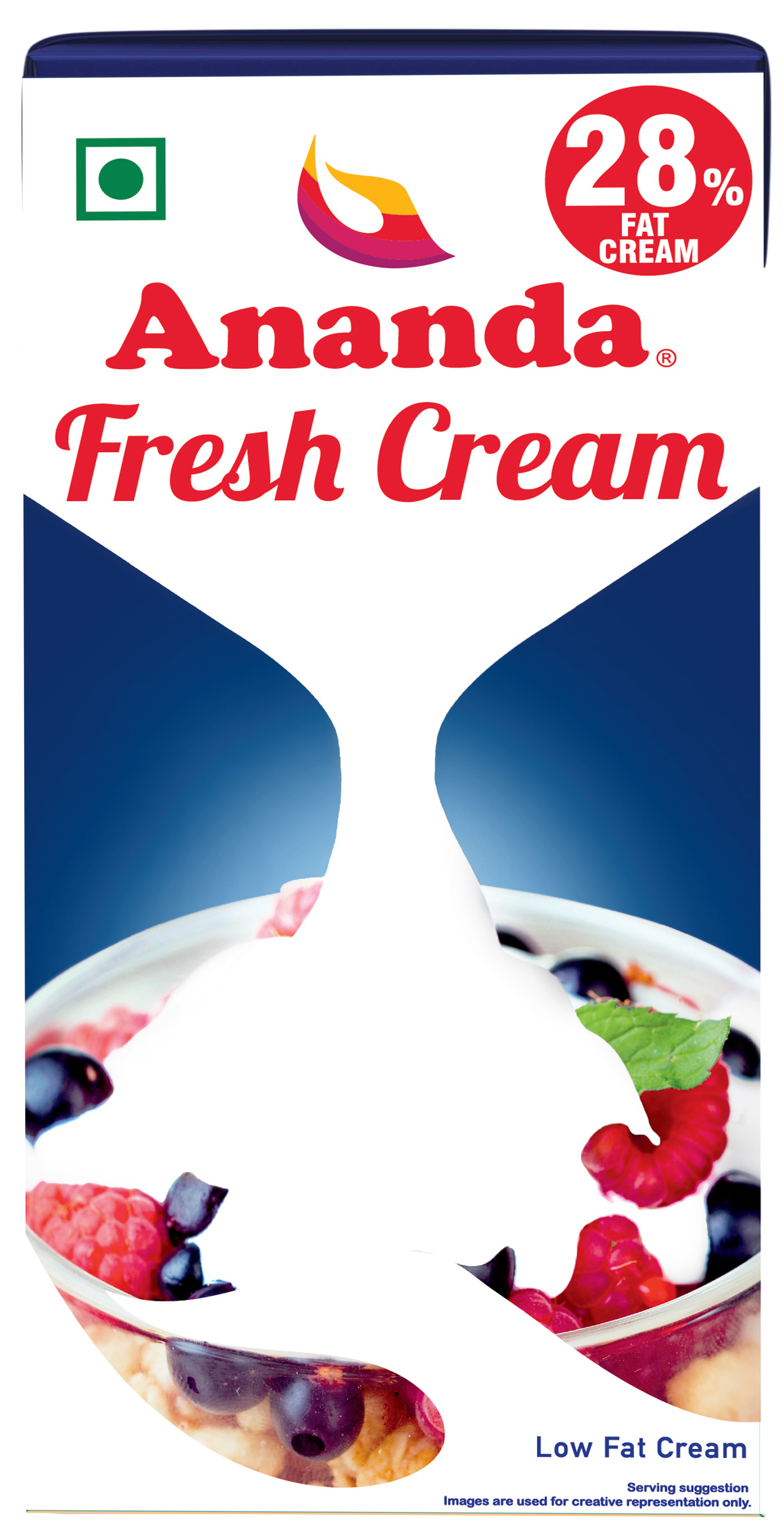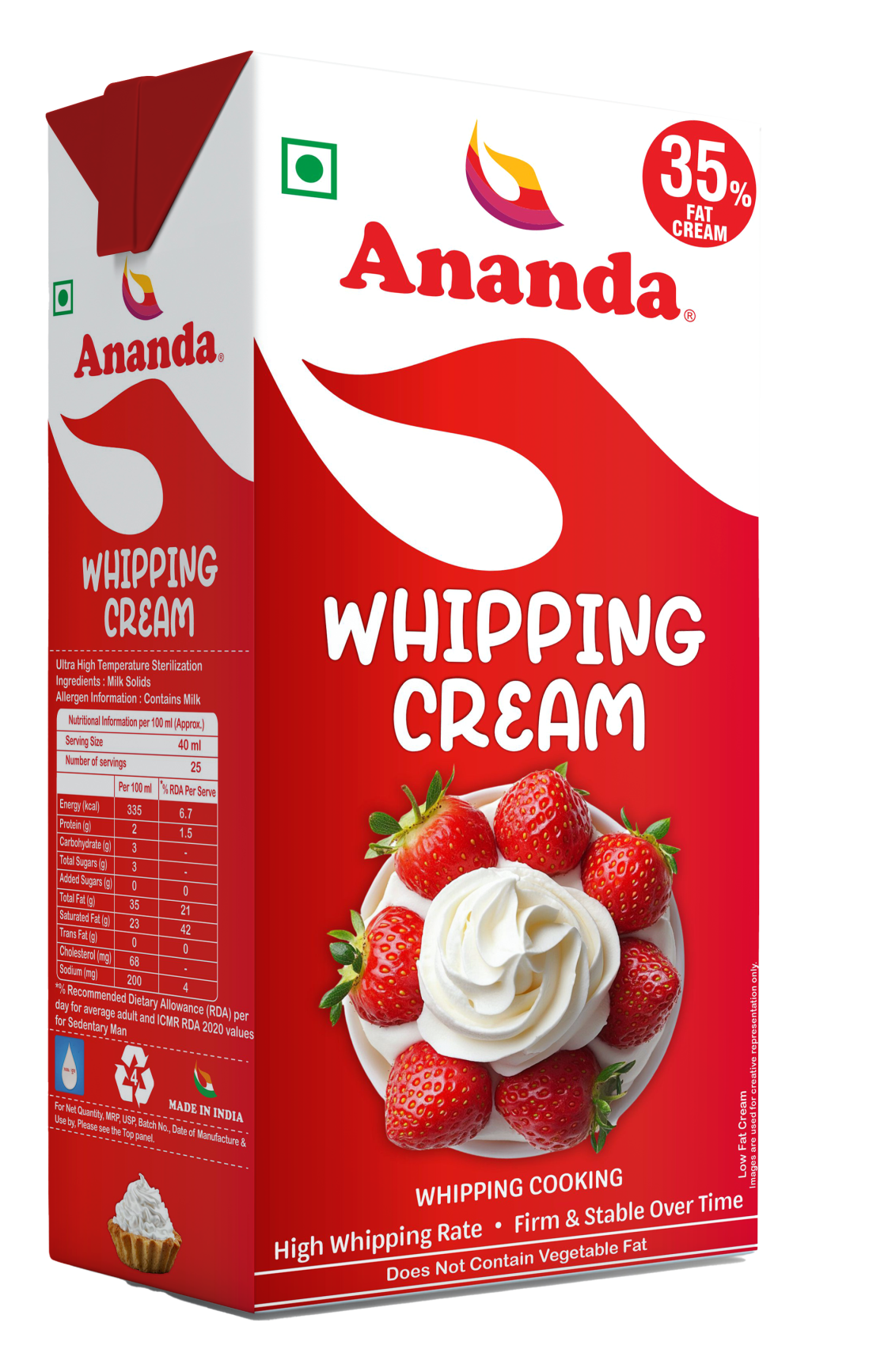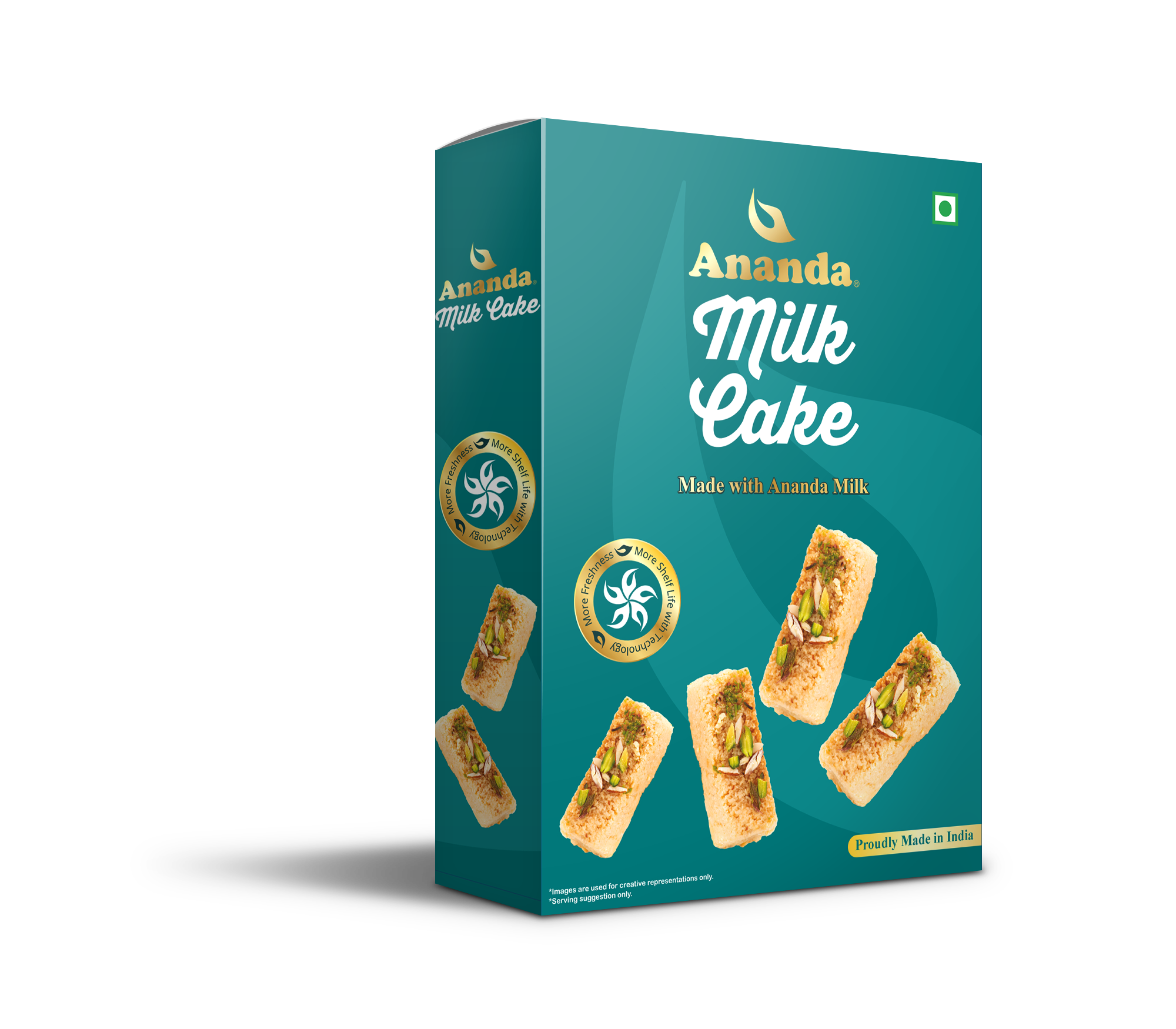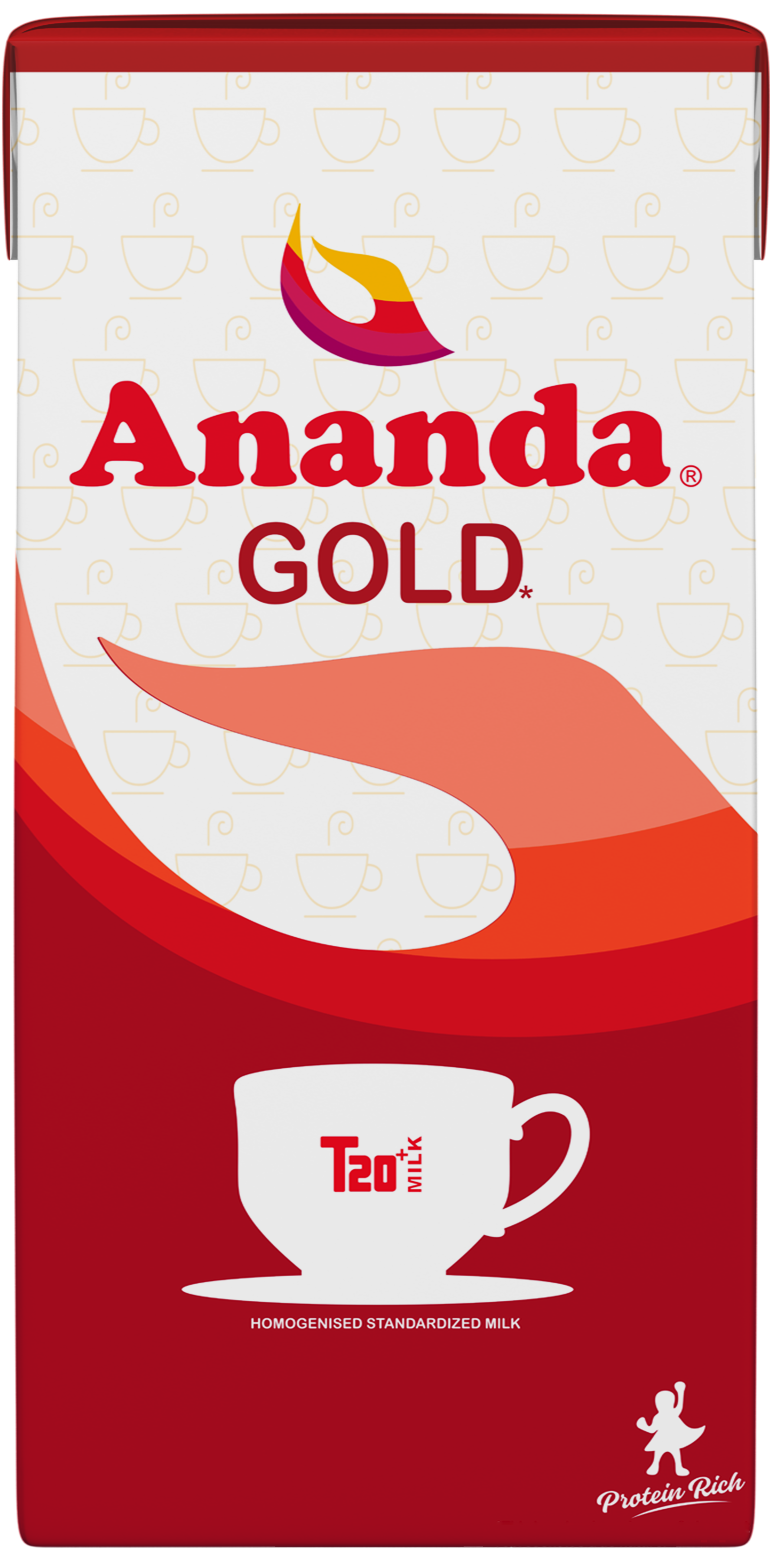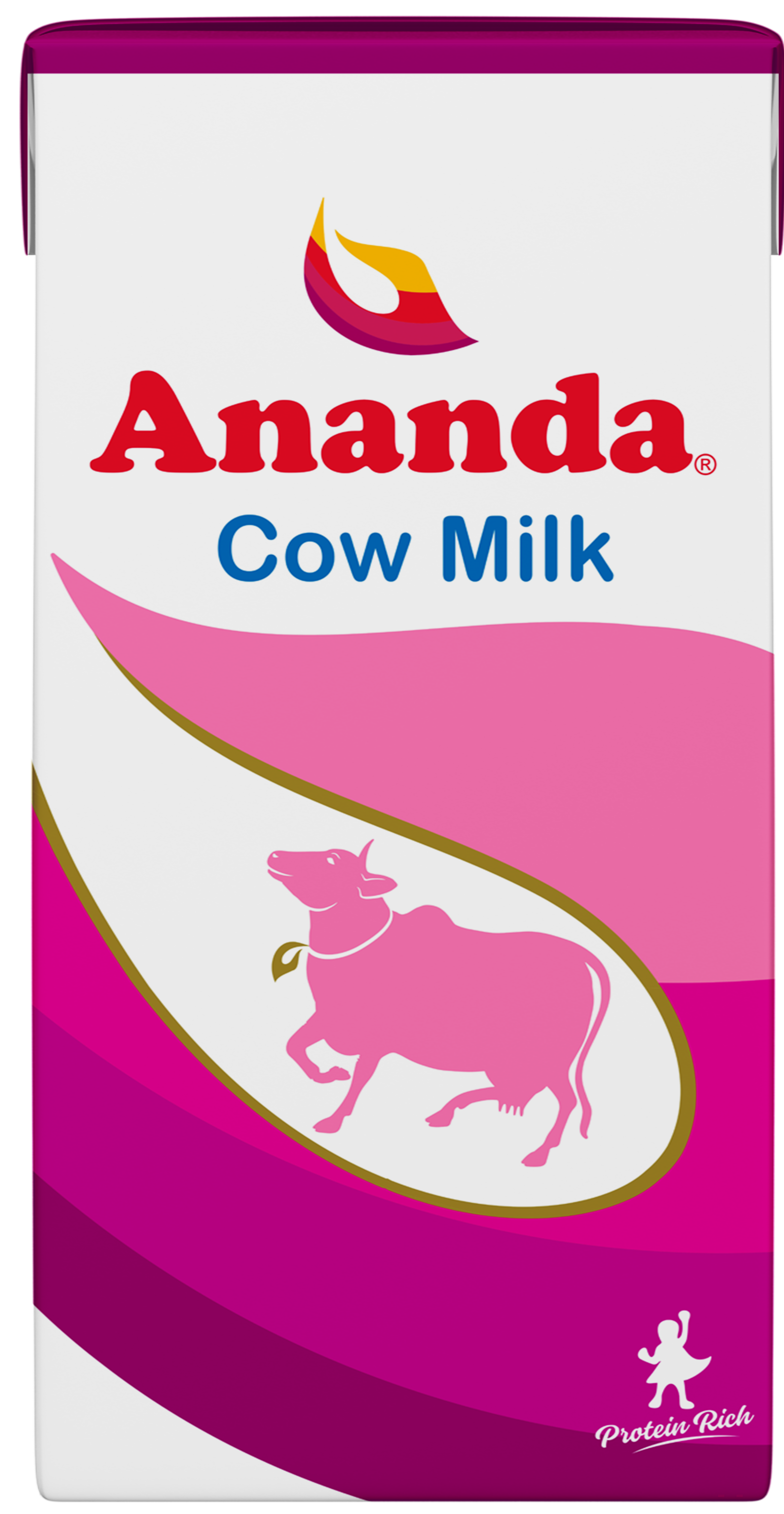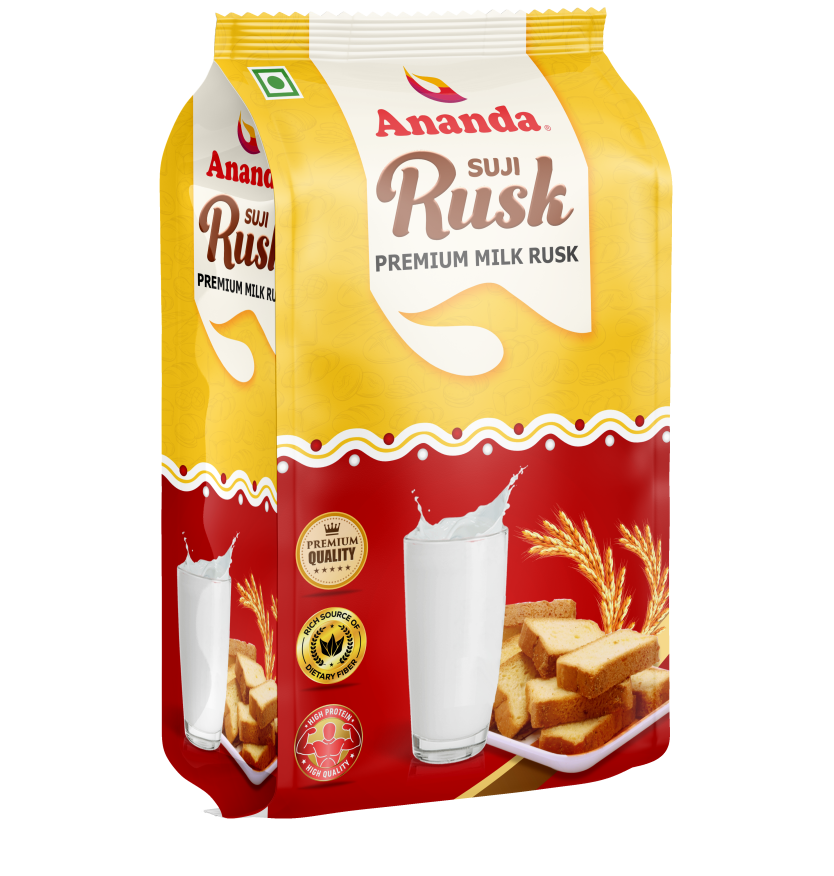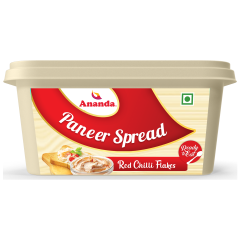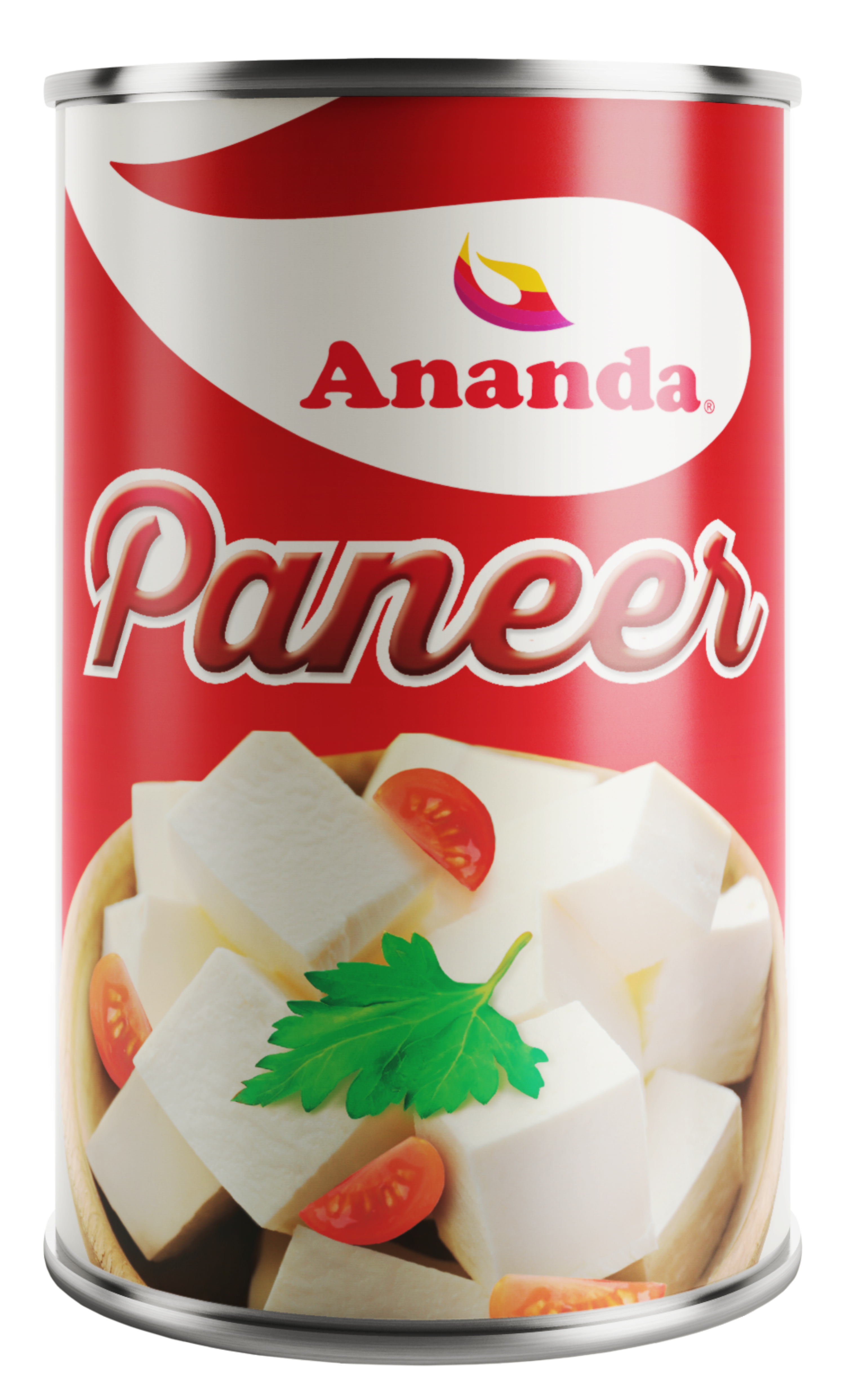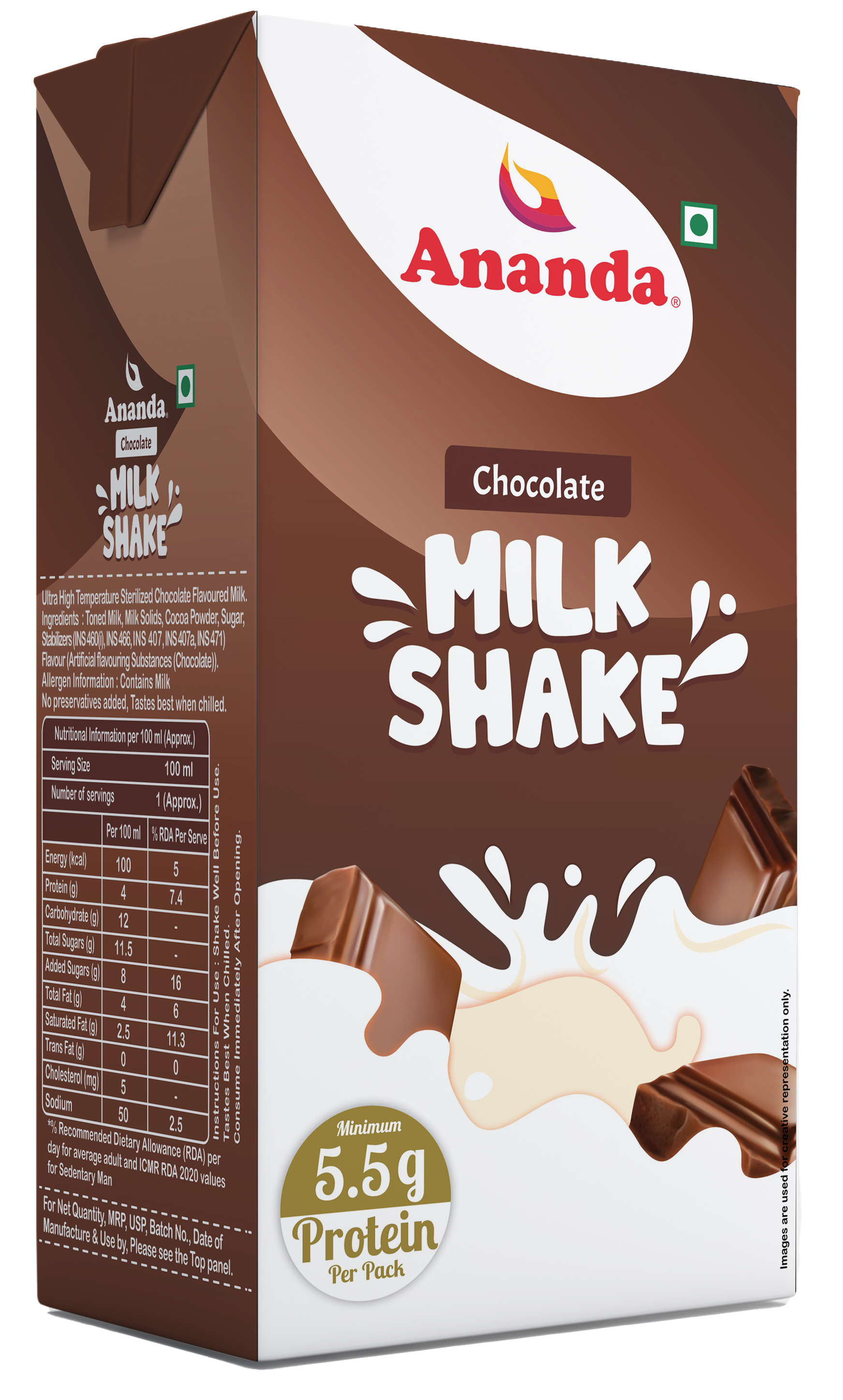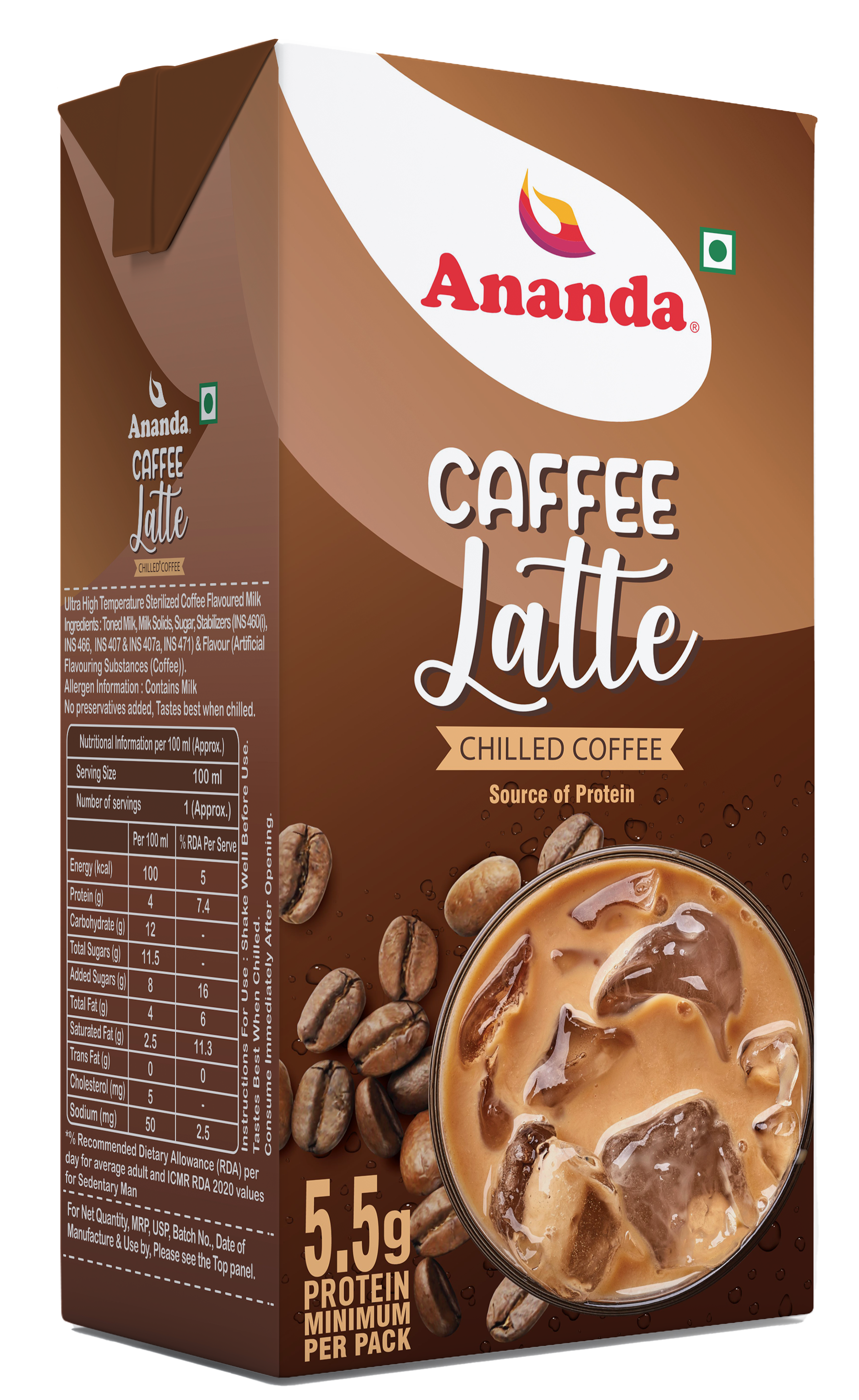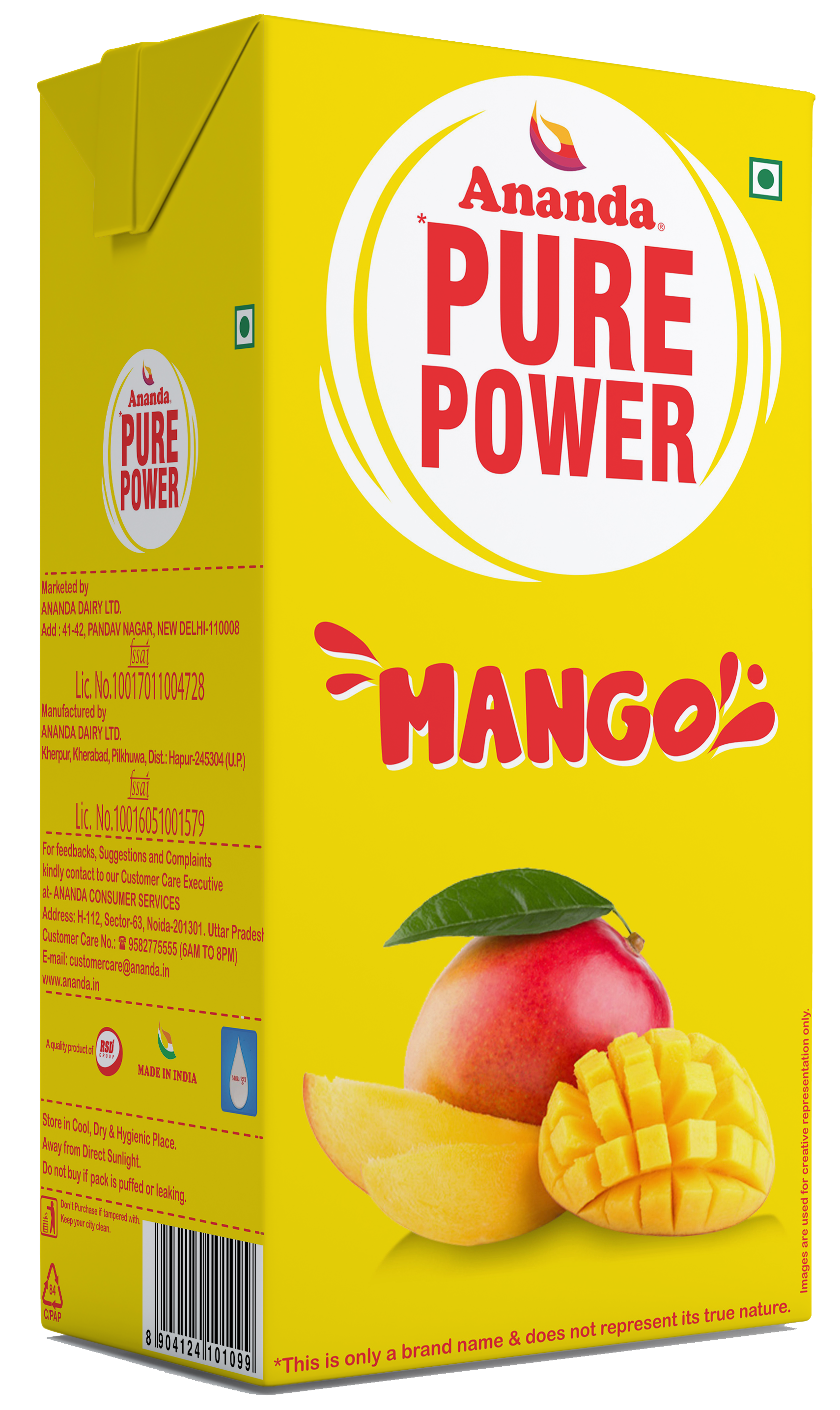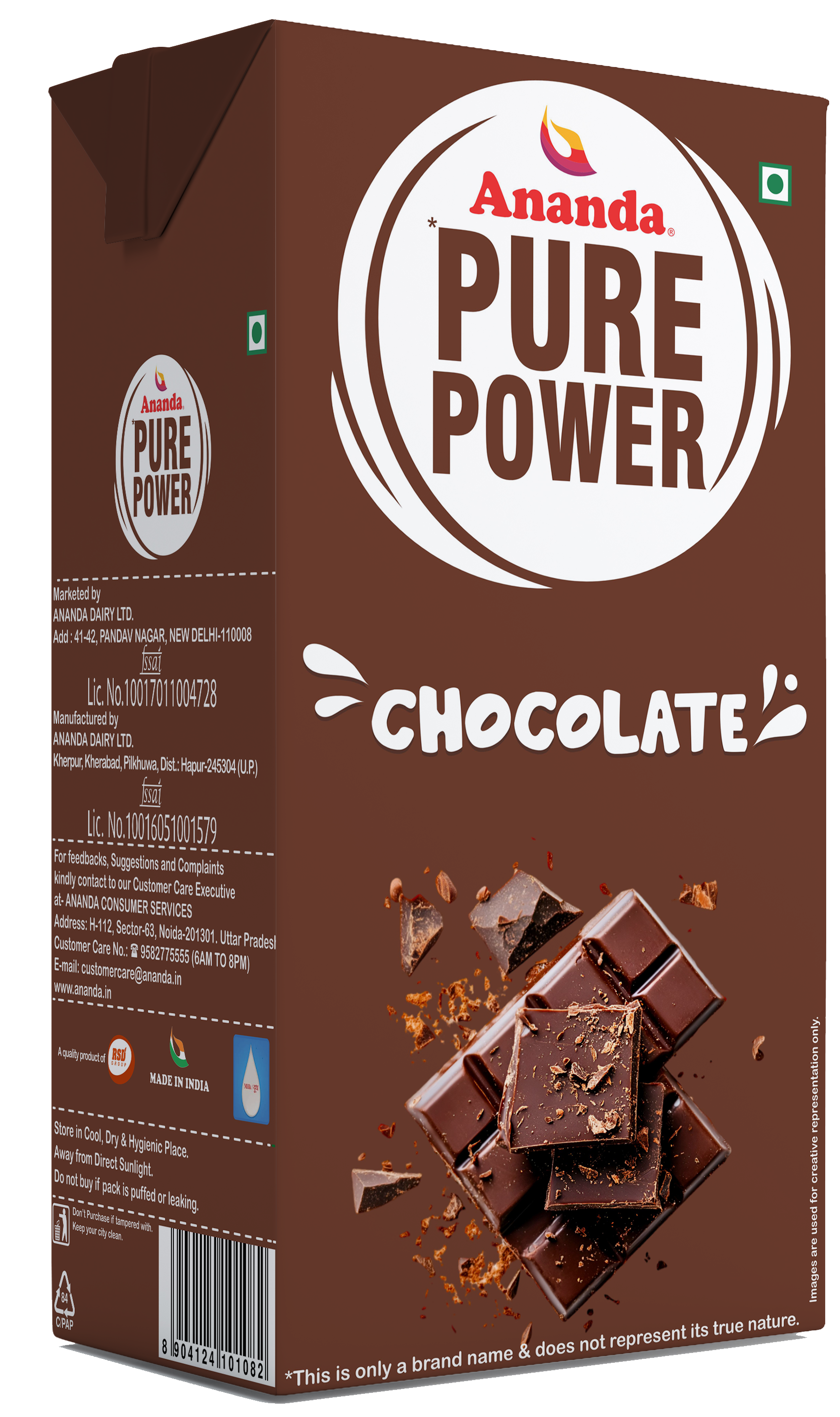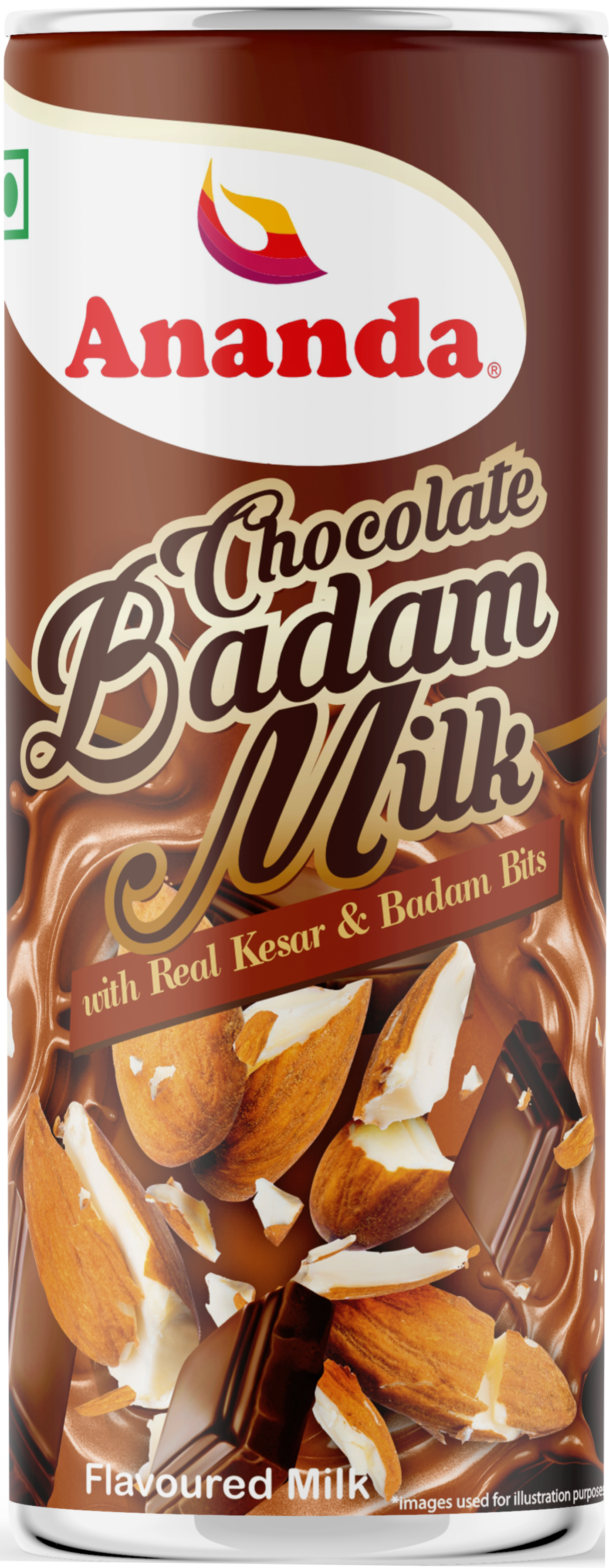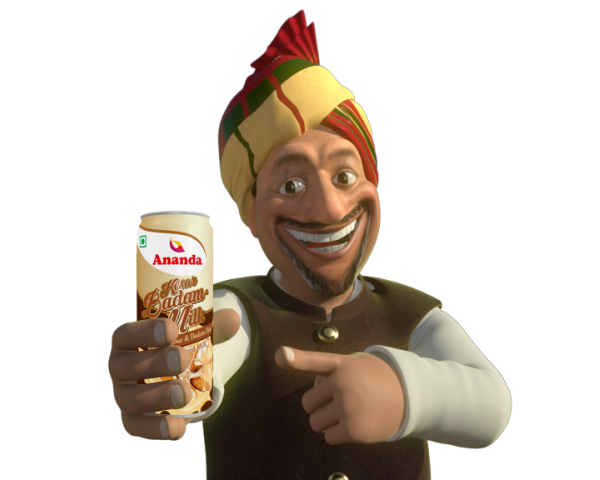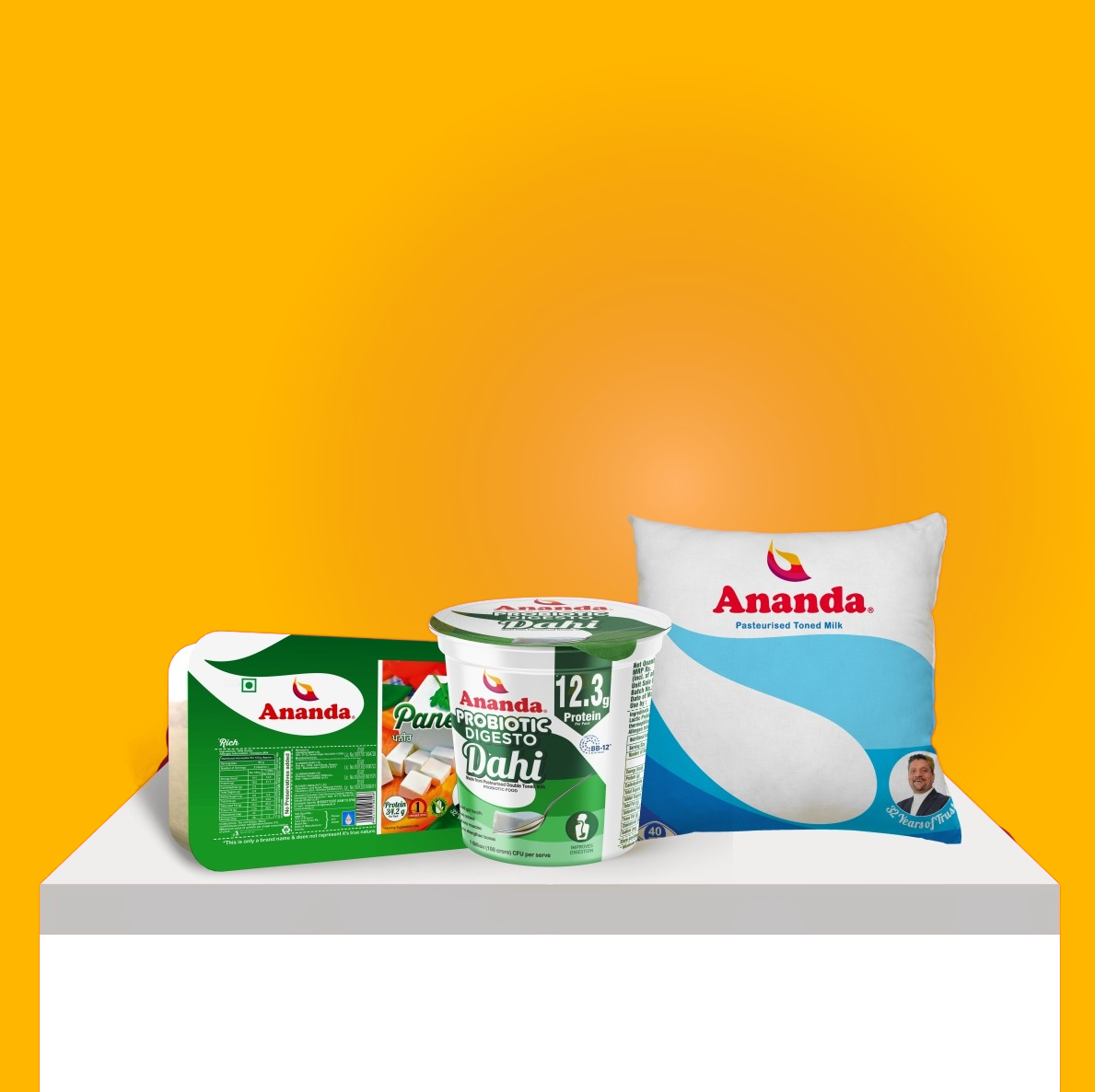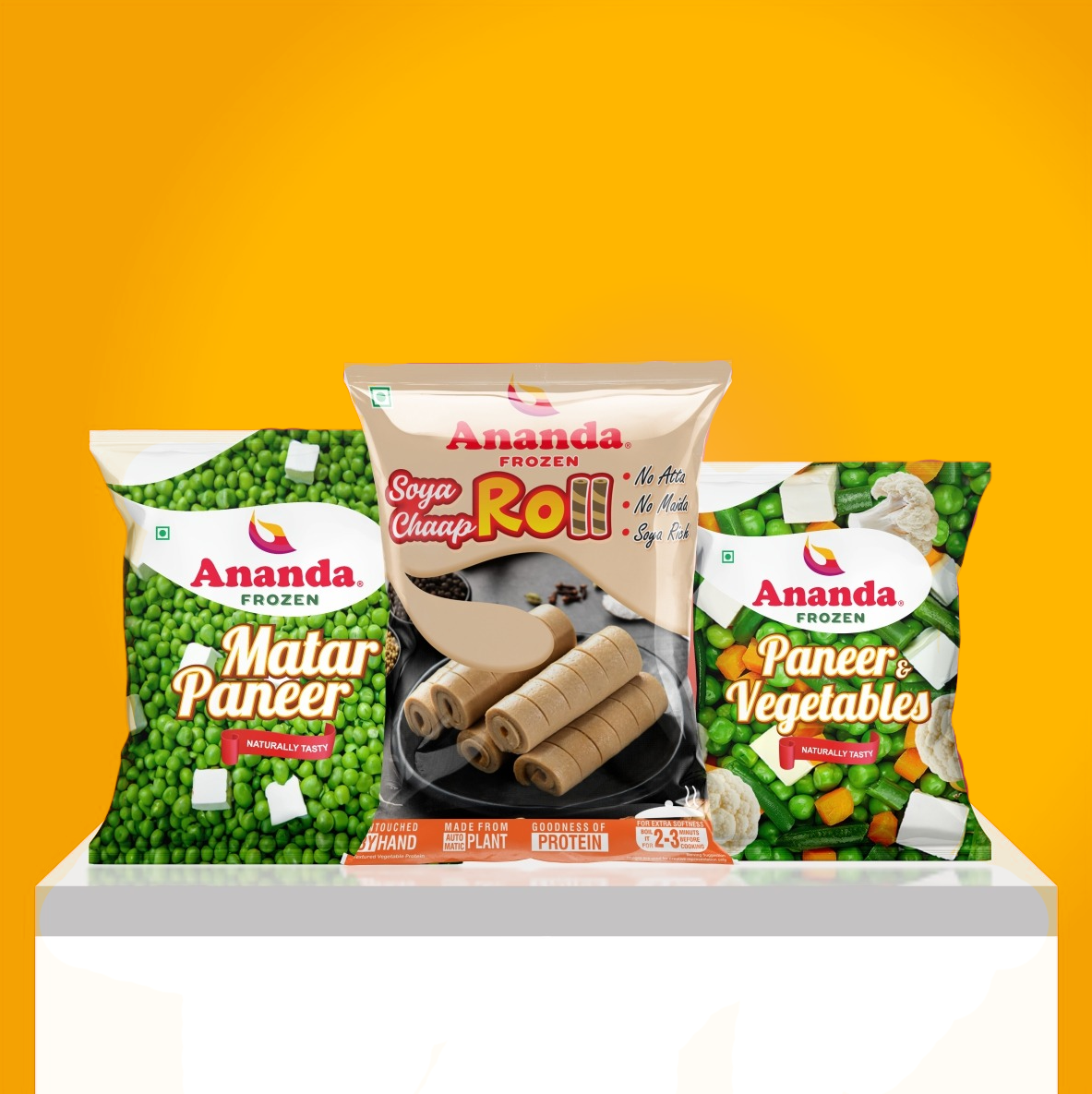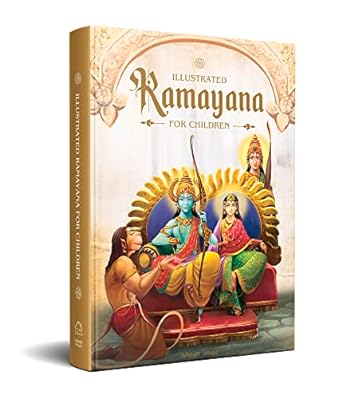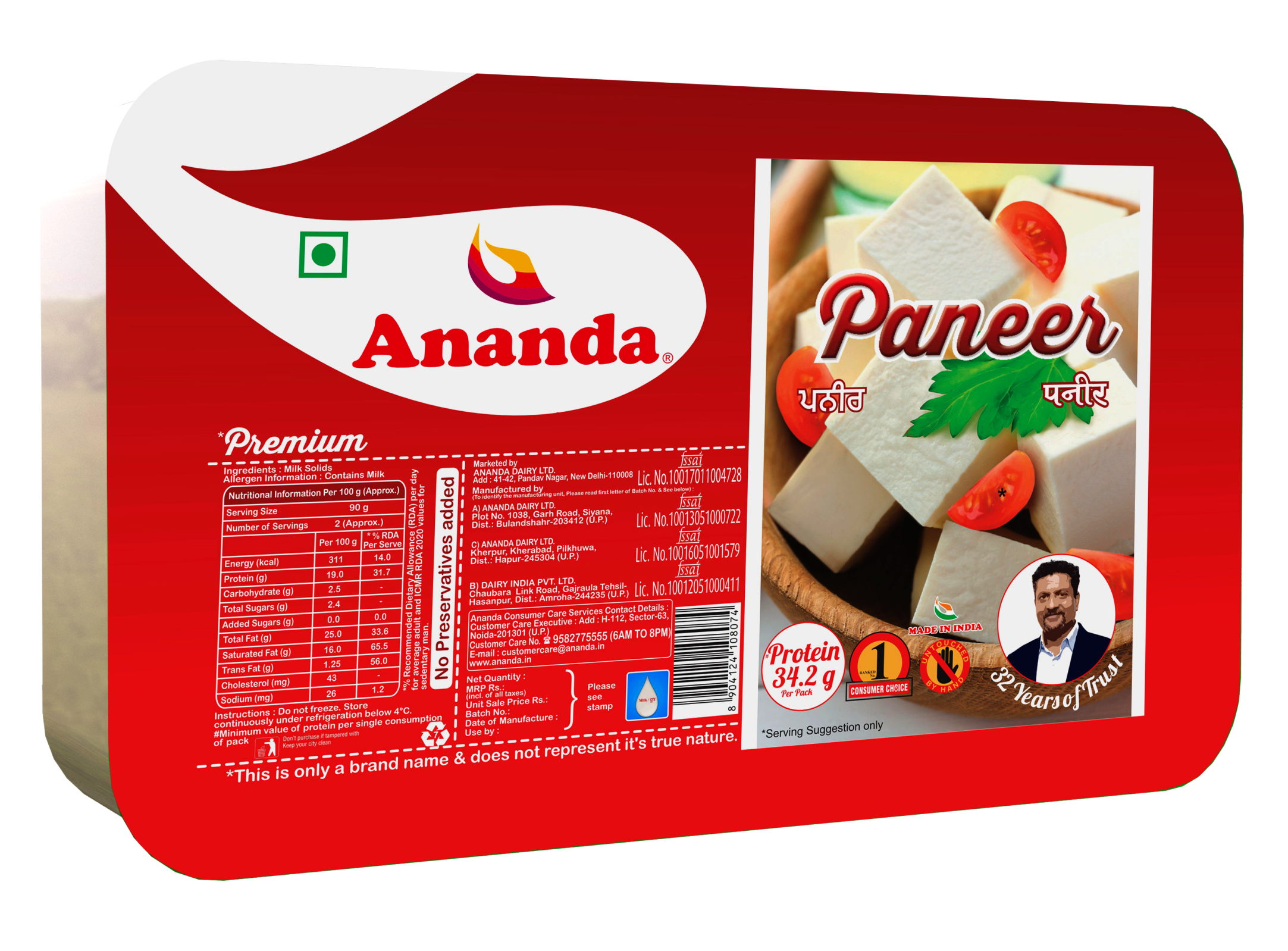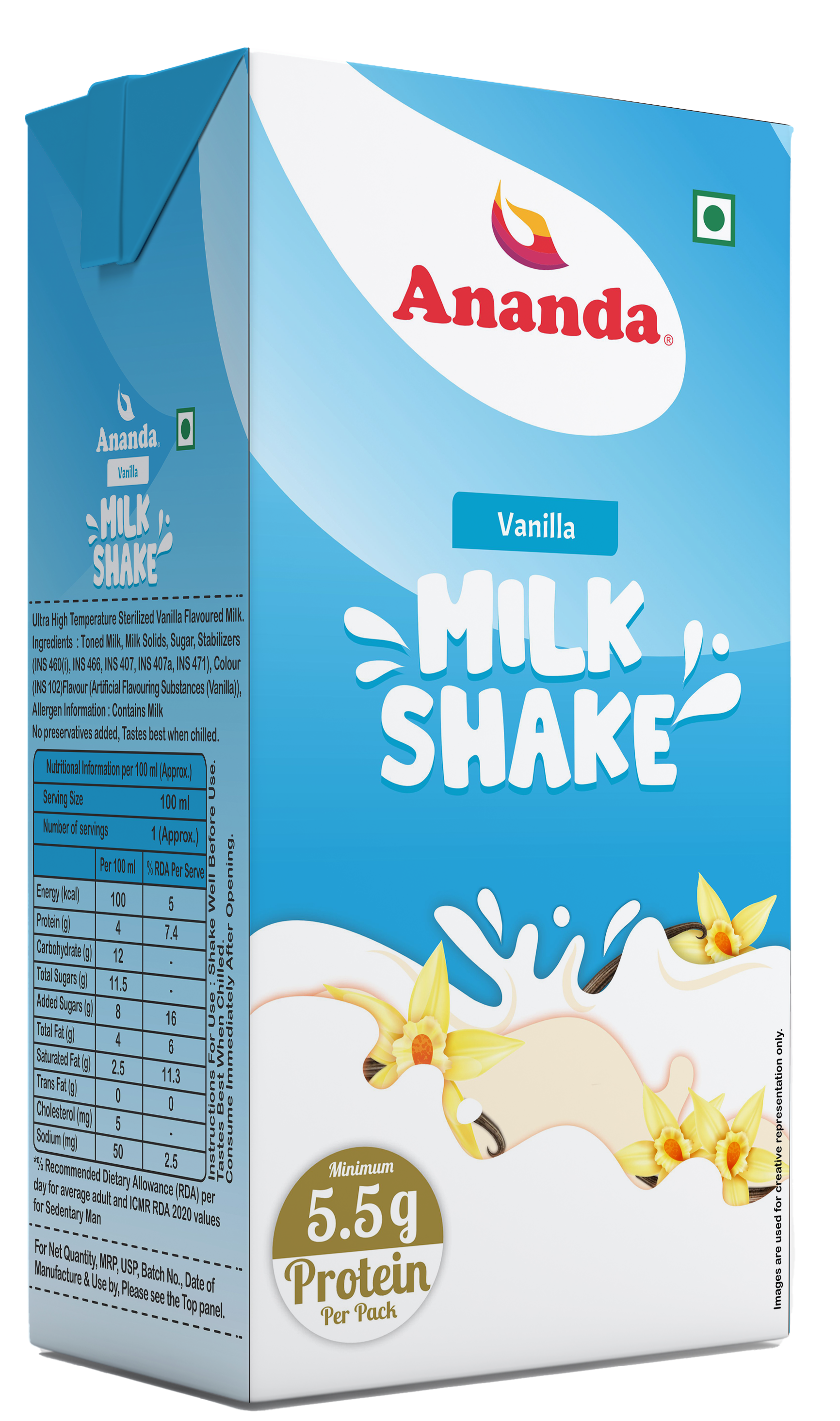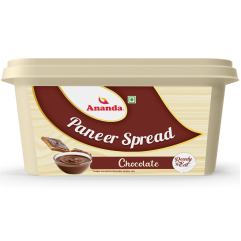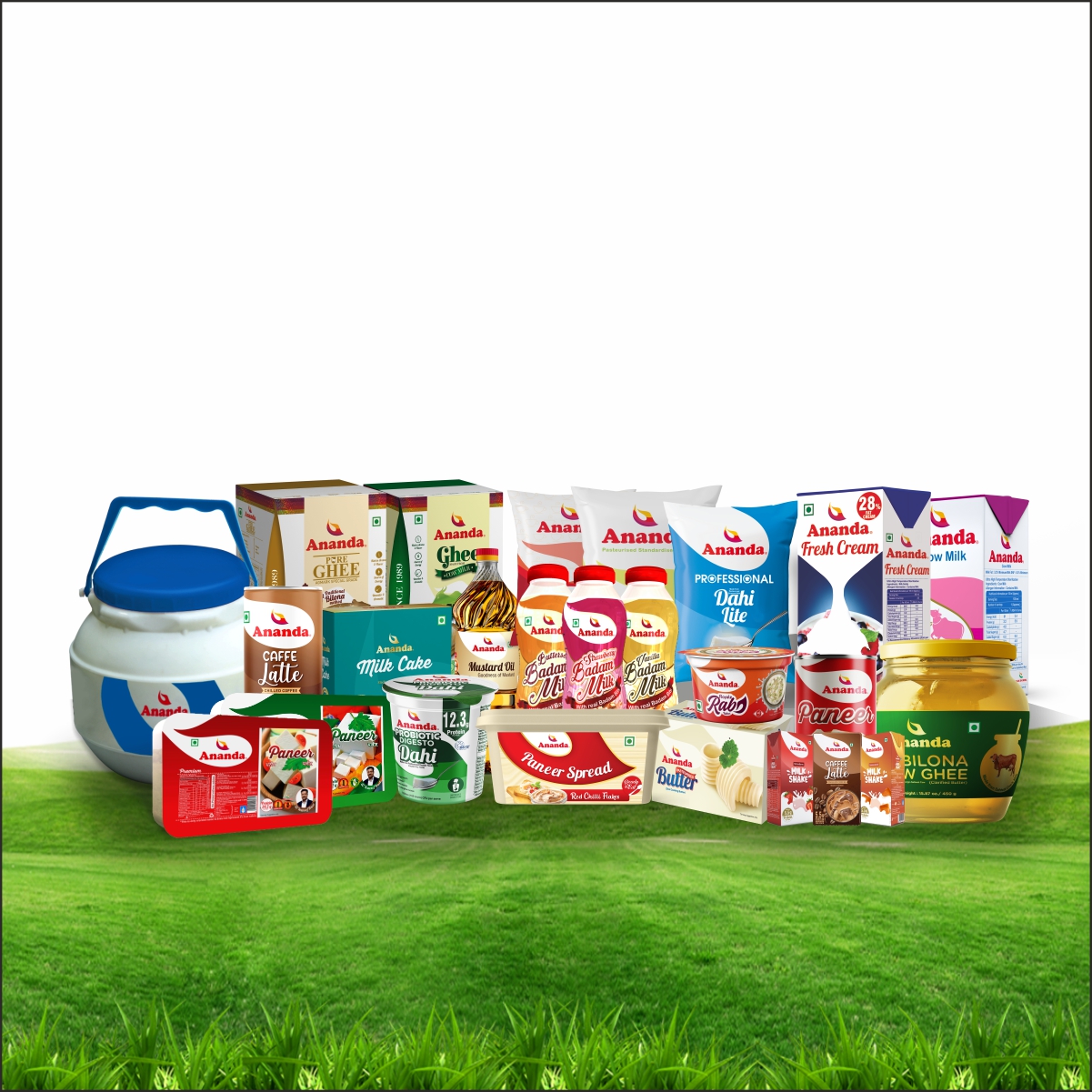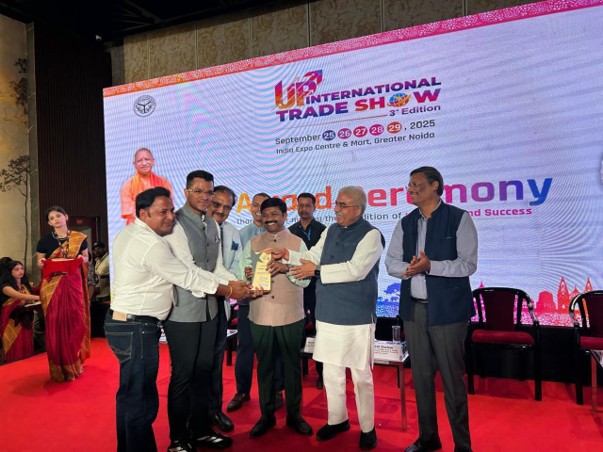


- Home
- होम
- About Us
- हमारे बारे में
- Events
- आयोजन
- Press Release
- प्रेस विज्ञप्ति
- Special Announcement
- विशेष घोषणा
- Images/Videos
- फोटो/वीडियो
- Factory Locator
- फैक्ट्री लोकेटर
- Milk Procurement
- दूध की खरीद
- Our Stores
- हमारी दुकानें
- Blogs
- ब्लॉग
- Contact Us
- संपर्क करें
- Products
- उत्पाद
- Ananda TV
- आनंदा टीवी
- Home मुख्य पृष्ठ
- Know More अधिक जानें
-
Products
- Fresh
-
Ambient
- Ananda Ghee
- Ananda Butter
- Flavoured Milk (PP Bottle)
- Ananda Jalz Water
- Ananda Sugar
- Ananda Besan
- Ananda Idli Dosa Batter
- Ananda Paneer Bhurji
- Ananda Cream
- Ananda Sweets
- Ananda Oil
- Milk (UHT)
- Ananda Rusk
- Ananda Premium Boondi
- Ananda Paneer Spread
- Ananda Tin Paneer
- Ananda Milkshake
- Ananda Pure Power
- Ananda Badam Milk
- Ananda Khoya
- Ananda Skimmed Milk Powder
- Ananda Paneer Masala Mix
- Ananda Masala Boondi
- View More
- Frozen
- ताजा
-
व्यापक
- आनंद घी
- आनंद मक्खन
- स्वाद दूध (पालतू बोतल)
- आनंद जलज जल
- आनंद शुगर
- आनंद बेसन
- आनंद इडली डोसा बैटर
- आनंद पनीर भुर्जी
- आनंद क्रीम
- आनंद स्वीट्स
- आनंद तेल
- दूध (टेट्रा)
- अनंदा रस्क
- प्रीमियम बूंदी
- Ananda Paneer Spread
- Ananda Tin Paneer
- Ananda Milkshake
- Ananda Pure Power
- Ananda Badam Milk
- Ananda Khoya
- Ananda Skimmed Milk Powder
- Ananda Paneer Masala Mix
- Ananda Masala Boondi
- और देखें
- जमा हुआ
- Media मिडिया
- Ananda TV आनंद टीवी
- Ananda TV आनंद टीवी
- Contact संपर्क सूत्र
- Calorie Calculator कैलोरी कैलक्यूलेटर
Contact Us
हमसे संपर्क करें
H-112, Sector 63 Rd, H Block, Sector 63, Noida, Uttar Pradesh 201301






